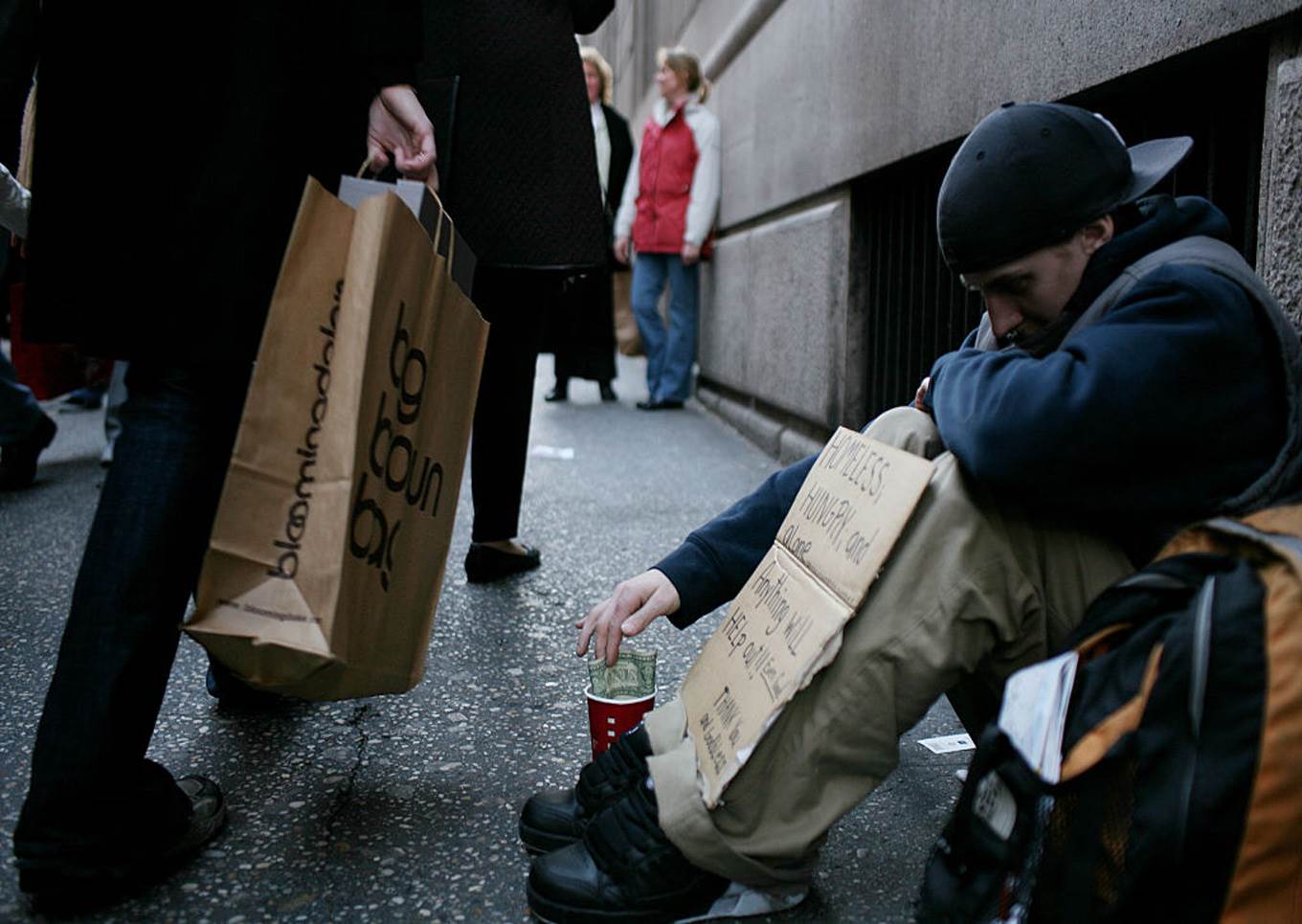The response to the 2008 economic crisis has relied far too much on monetary stimulus, in the form of quantitative easing and near-zero (or even negative) interest rates, and included far too little structural reform. This means that the next crisis could come soon – and pave the way for a large-scale military conflict.
BEIJING – The next economic crisis is closer than you think. But what you should really worry about is what comes after: in the current social, political, and technological landscape, a prolonged economic crisis, combined with rising income inequality, could well escalate into a major global military conflict
The 2008-09 global financial crisis almost bankrupted governments and caused systemic collapse. Policymakers managed to pull the global economy back from the brink, using massive monetary stimulus, including quantitative easing and near-zero (or even negative) interest rates.
But monetary stimulus is like an adrenaline shot to jump-start an arrested heart; it can revive the patient, but it does nothing to cure the disease. Treating a sick economy requires structural reforms, which can cover everything from financial and labor markets to tax systems, fertility patterns, and education policies.
Policymakers have utterly failed to pursue such reforms, despite promising to do so. Instead, they have remained preoccupied with politics. From Italy to Germany, forming and sustaining governments now seems to take more time than actual governing. And Greece, for example, has relied on money from international creditors to keep its head (barely) above water, rather than genuinely reforming its pension system or improving its business environment.
The lack of structural reform has meant that the unprecedented excess liquidity that central banks injected into their economies was not allocated to its most efficient uses. Instead, it raised global asset prices to levels even higher than those prevailing before 2008.
…click on the above link to read the rest of the article…





BEIJING – The next economic crisis is closer than you think. But what you should really worry about is what comes after: in the current social, political, and technological landscape, a prolonged economic crisis, combined with rising income inequality, could well escalate into a major global military conflict
The 2008-09 global financial crisis almost bankrupted governments and caused systemic collapse. Policymakers managed to pull the global economy back from the brink, using massive monetary stimulus, including quantitative easing and near-zero (or even negative) interest rates.
But monetary stimulus is like an adrenaline shot to jump-start an arrested heart; it can revive the patient, but it does nothing to cure the disease. Treating a sick economy requires structural reforms, which can cover everything from financial and labor markets to tax systems, fertility patterns, and education policies.1
Policymakers have utterly failed to pursue such reforms, despite promising to do so. Instead, they have remained preoccupied with politics. From Italy to Germany, forming and sustaining governments now seems to take more time than actual governing. And Greece, for example, has relied on money from international creditors to keep its head (barely) above water, rather than genuinely reforming its pension system or improving its business environment.
The lack of structural reform has meant that the unprecedented excess liquidity that central banks injected into their economies was not allocated to its most efficient uses. Instead, it raised global asset prices to levels even higher than those prevailing before 2008.
…click on the above link to read the rest of the article…